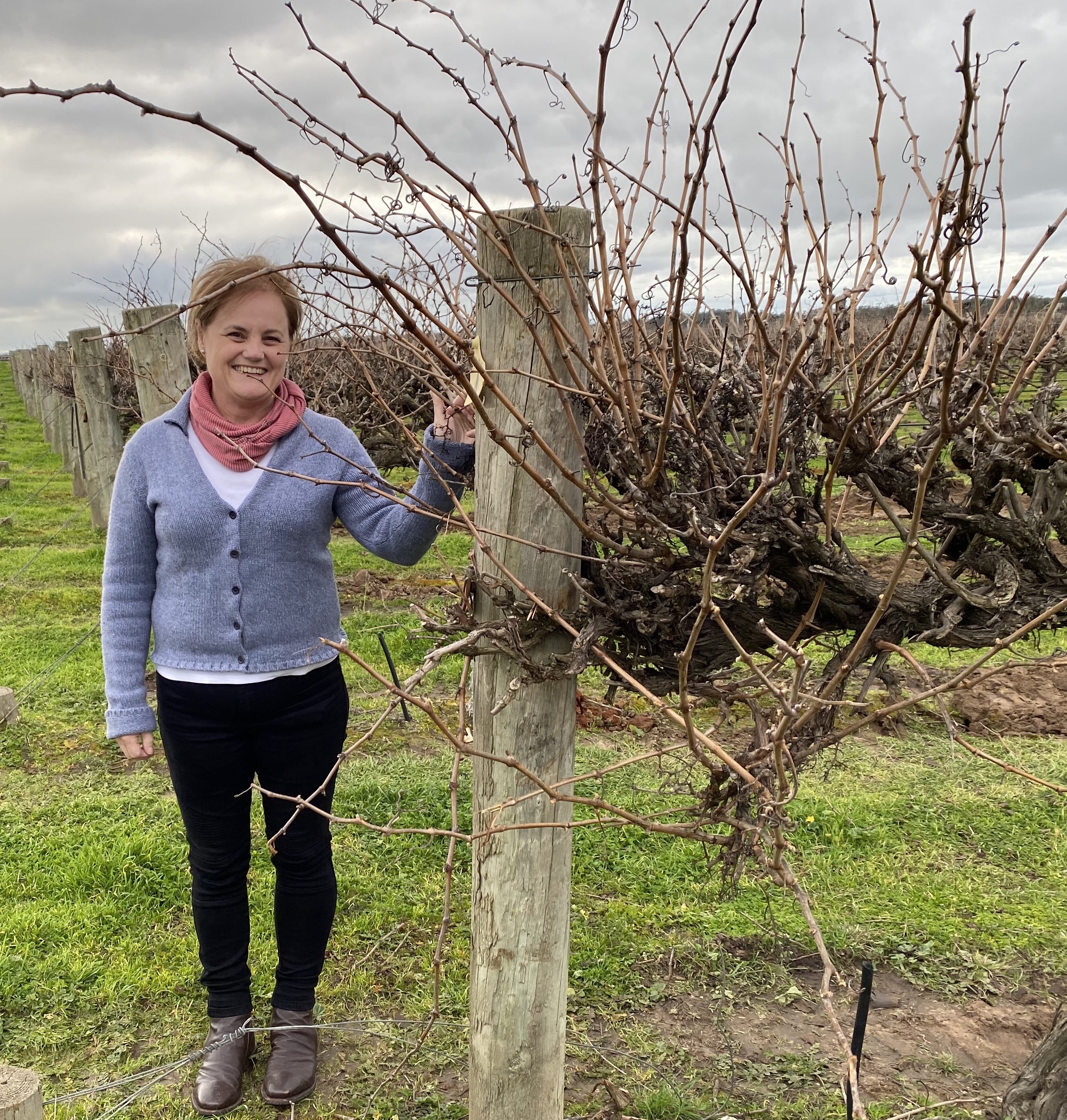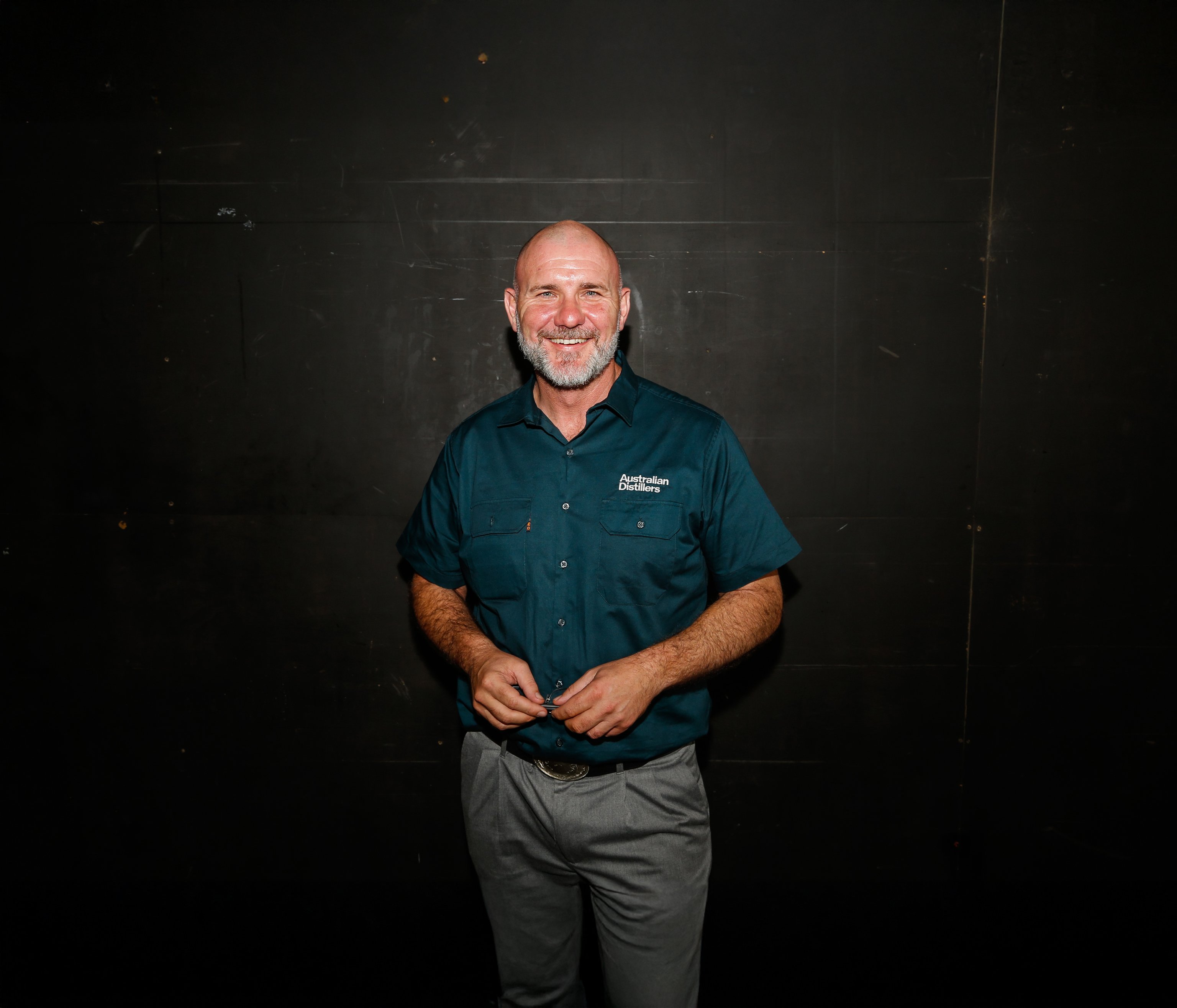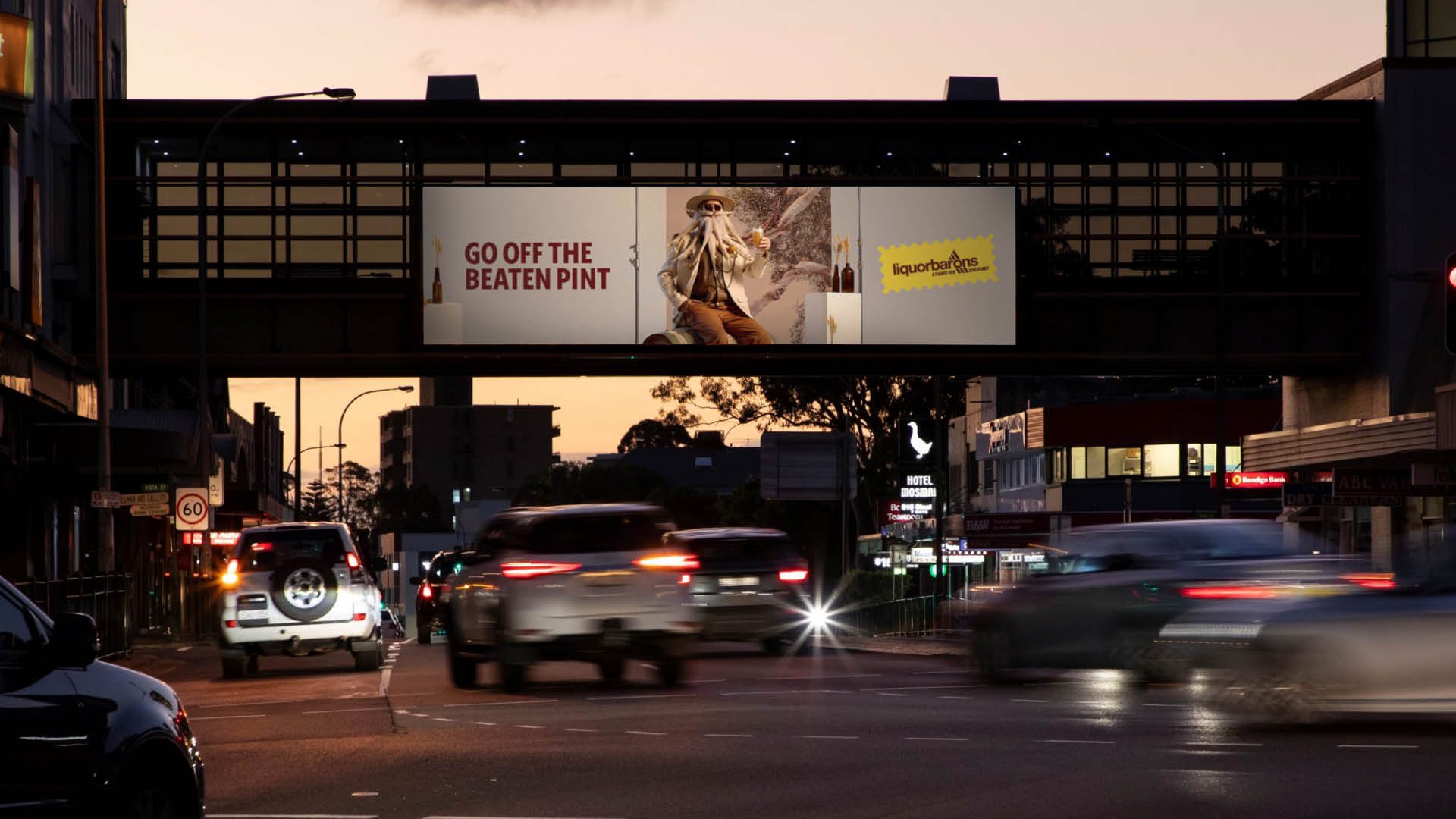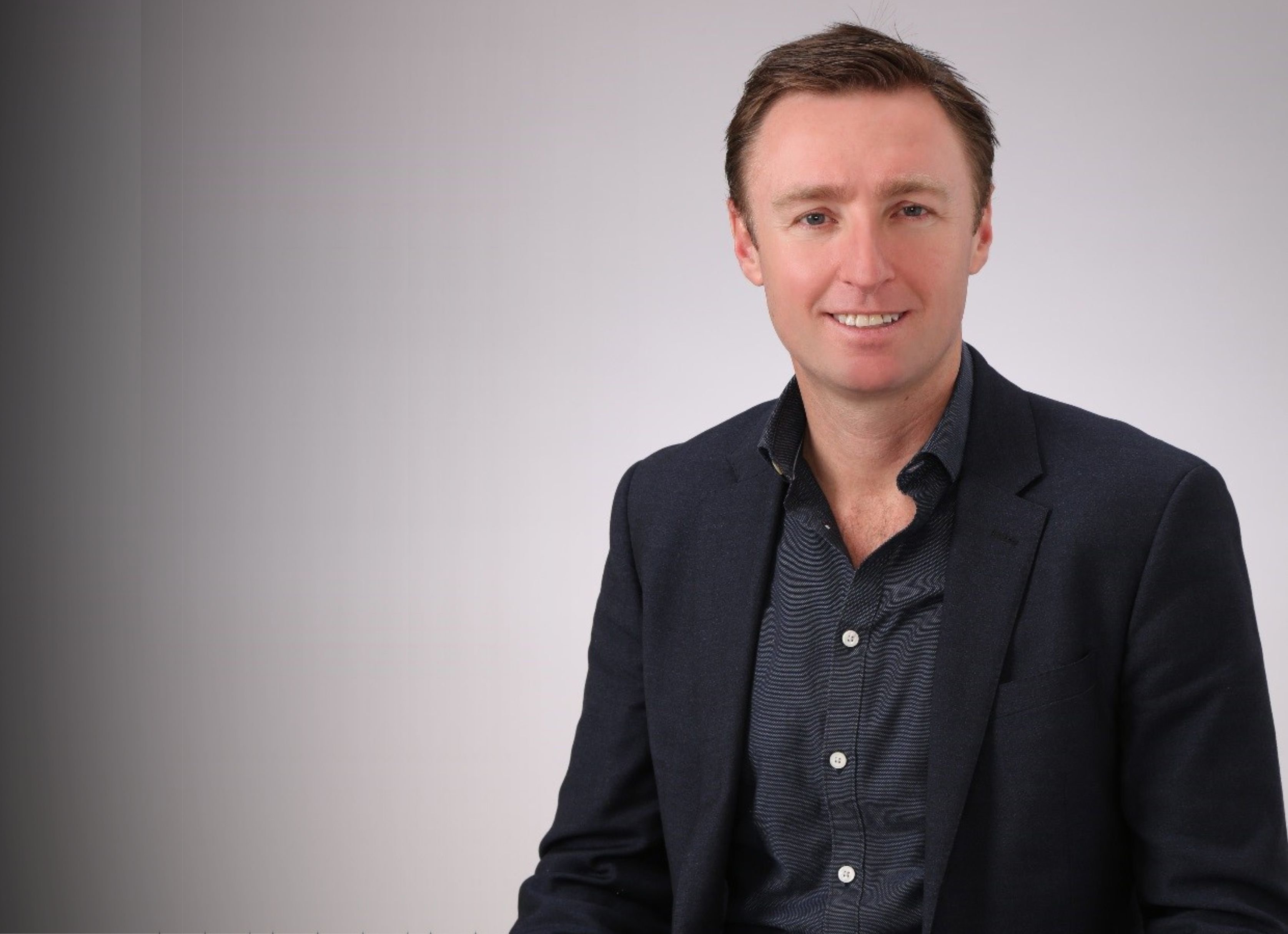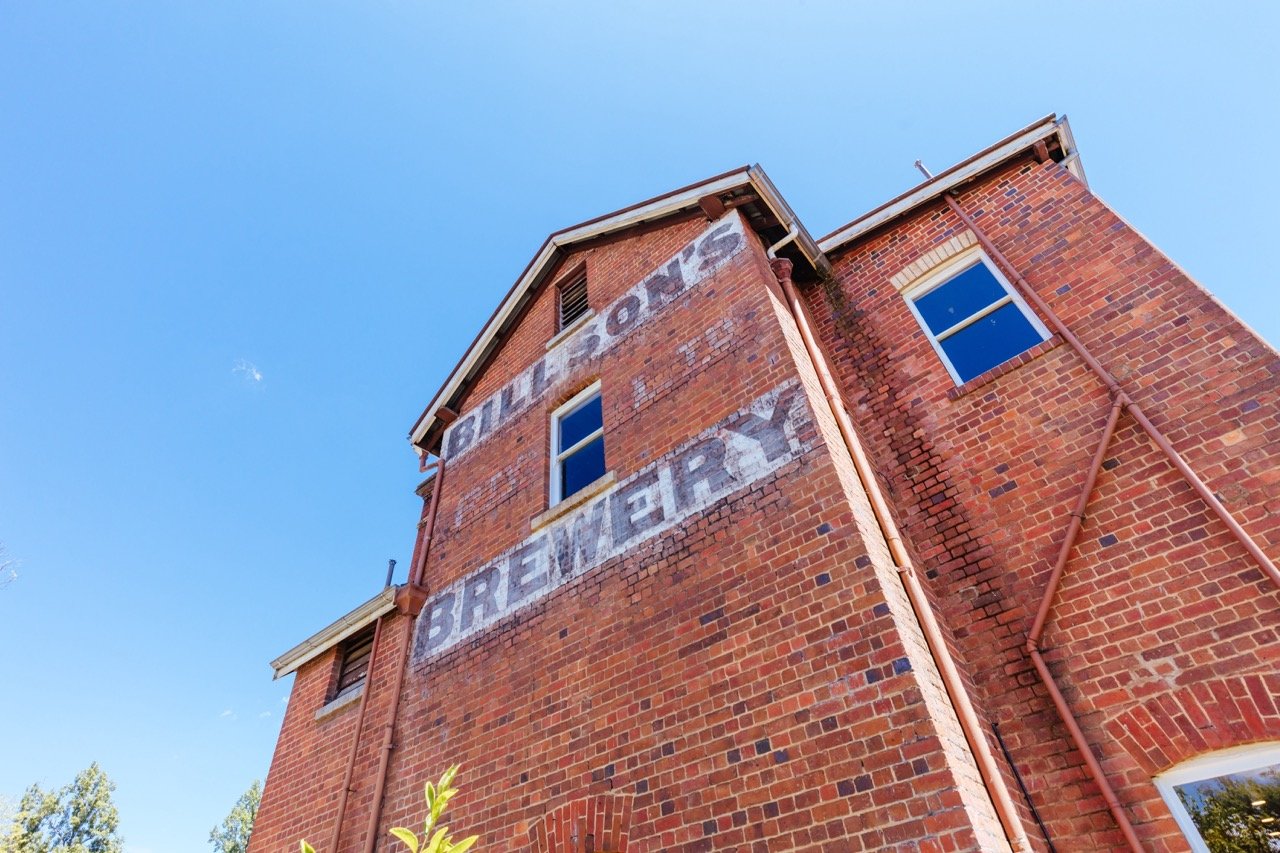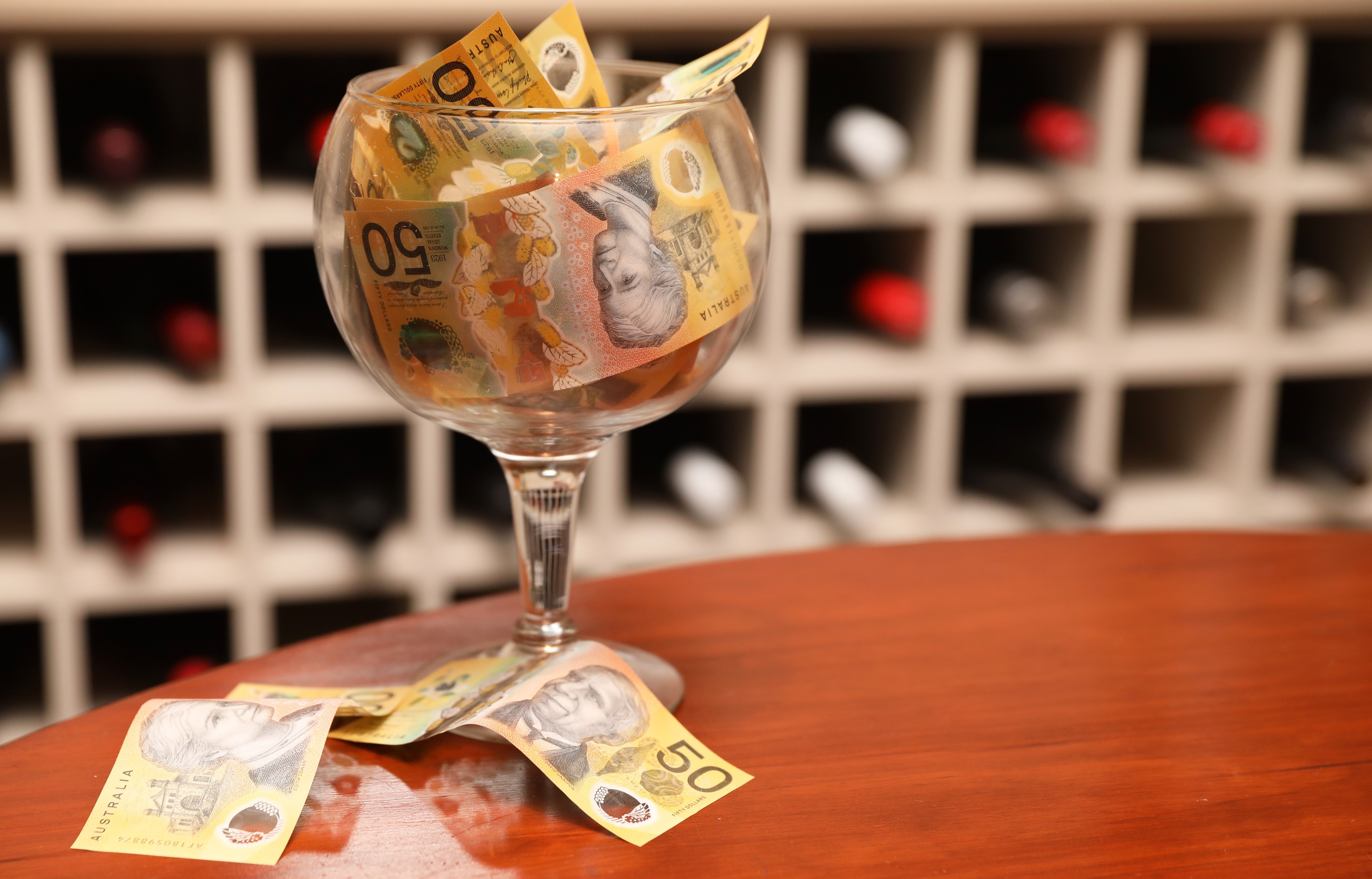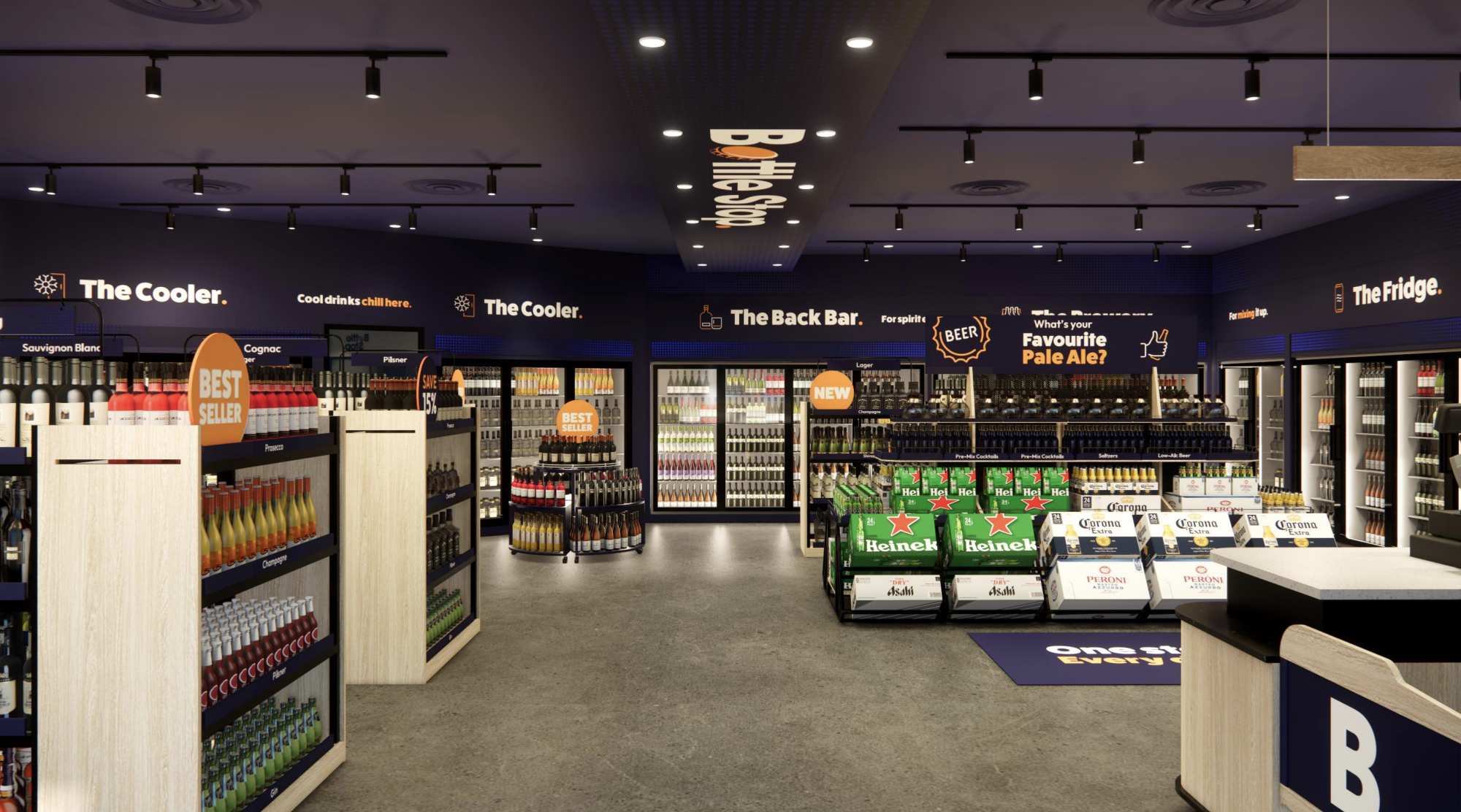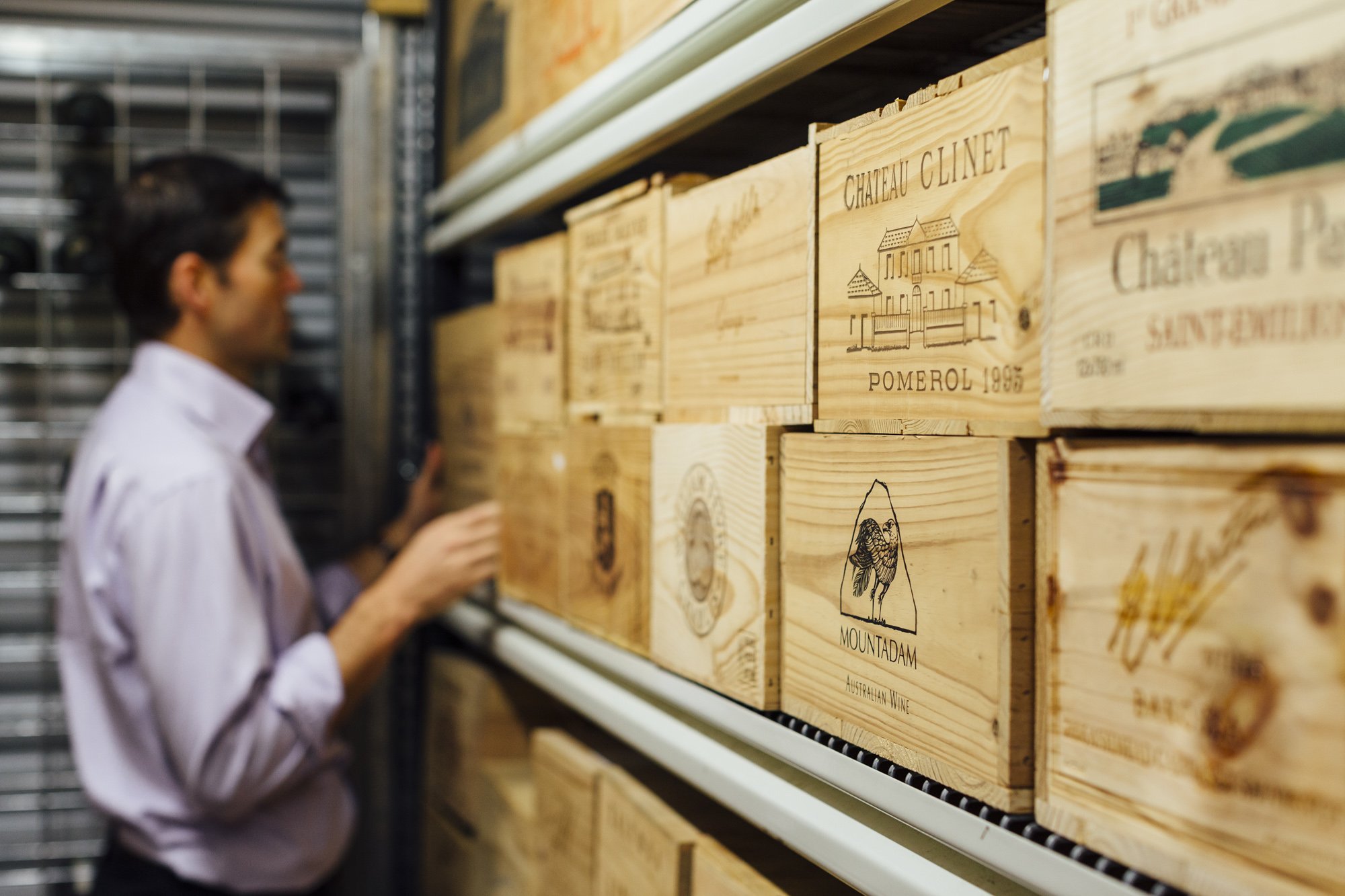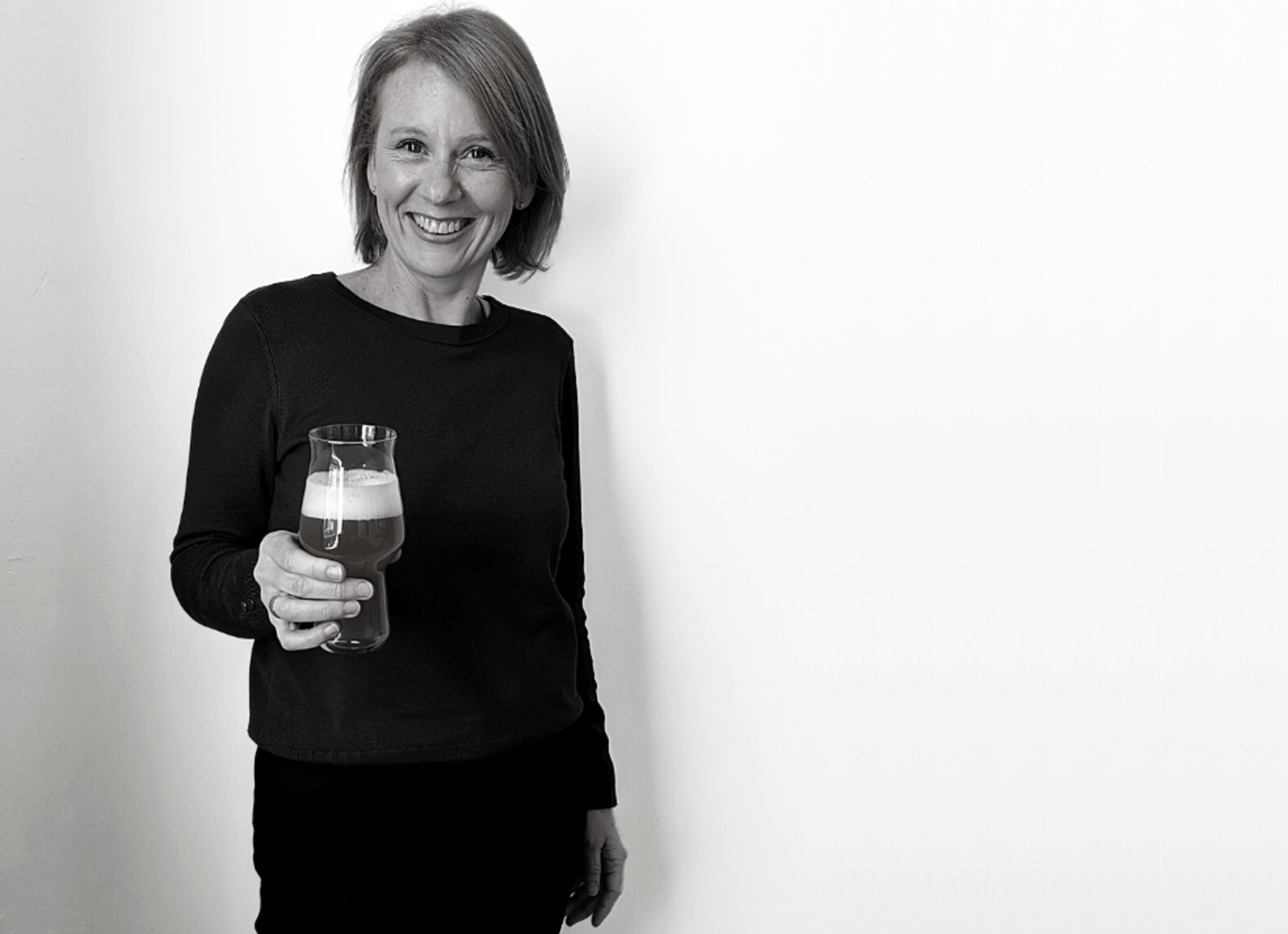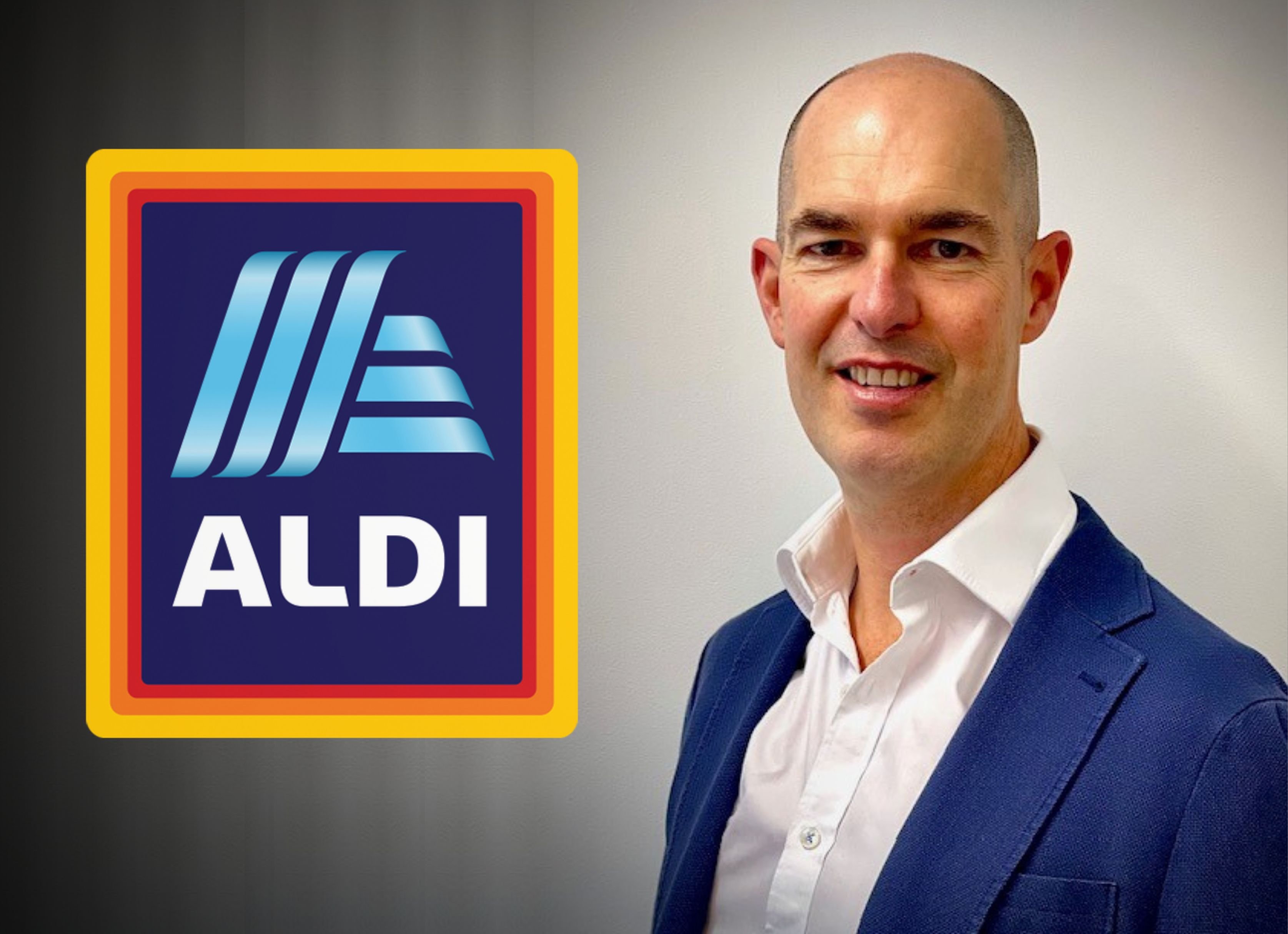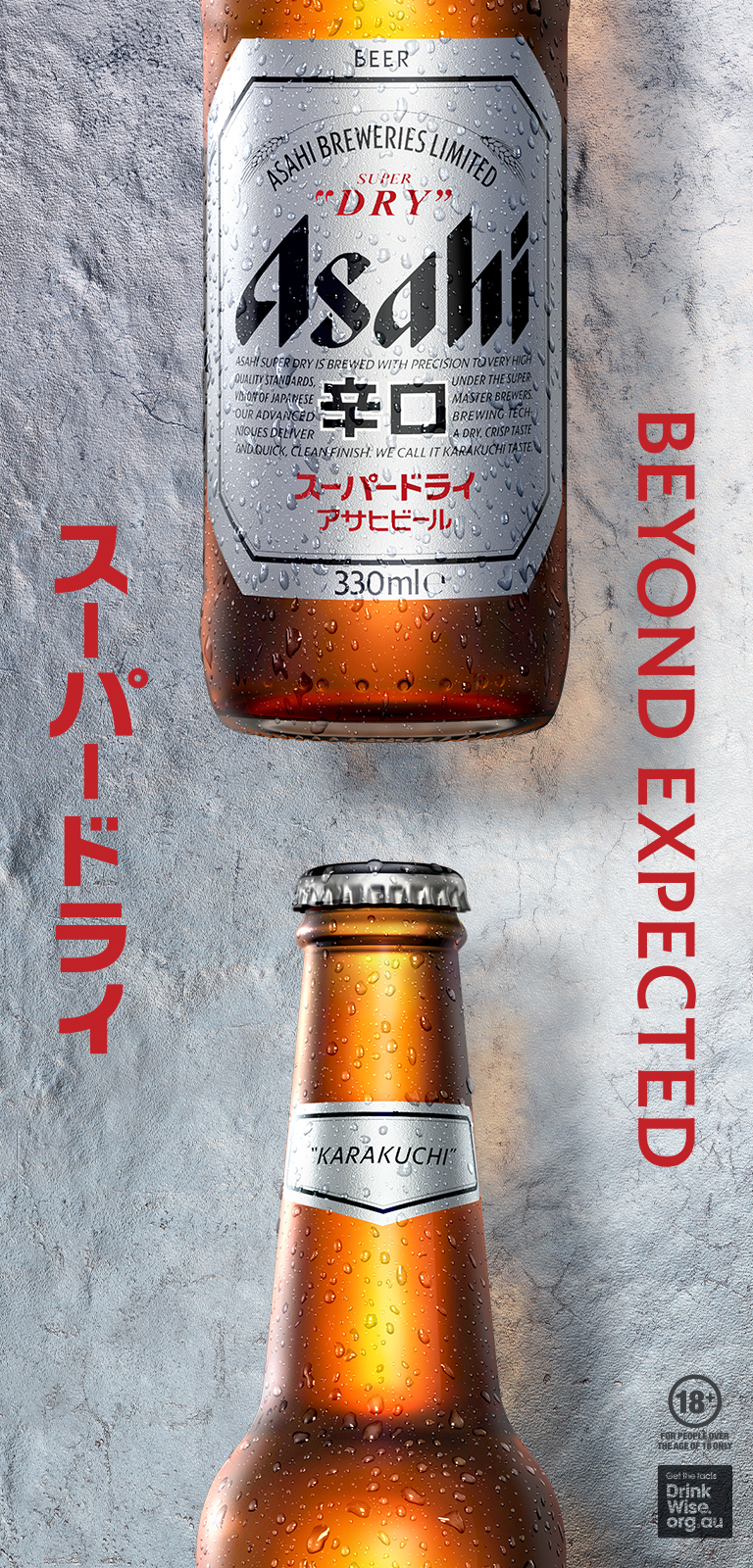Results from the latest Sustainable Winegrowing Australia (SWA) Impact Report, released earlier this month, clearly show the significant progress towards sustainability that has been made by Australia’s grape and wine sector since the start of the program in 2019.
Drinks Trade recently sat down with Dr Mardi Longbottom, GM of Industry Development Support & Sustainability at the Australian Wine Research Institute and operator of the technical side of the SWA, to discuss its progress five years on.
Drinks Trade: Can you briefly recap SWA's achievements shown in the 2023 Impact Report?
Dr Mardi Longbottom: Since we started in 2019, our membership has grown significantly; we have over 1400 members across the regions of Australia and 50% of those members are now certified [sustainable], so that's a big increase from 2019.
The other important statistic is that [we have members] across 85% of the 65 [wine] regions across Australia… More than 30% of Australia's vineyard area is now covered by sustainability certification.
DT: How much of this change is the result of increasing membership and how much is a result of actual vineyard change?
ML: That is a good question. I think what we're finding [is that] most people that join the program have already got that philosophical belief that it's the right thing to do. For most grape growers especially, they are curators of their own piece of land, so it's in their best interest to look after their land for the future generations and we don't have to tell them that; that's something that they know themselves.
Most people are already doing the right thing. This process is really about having a third party recognition that their processes are aligned with sustainable practices and that they are operating at best practice with regard to sustainability.
DT: Australia’s wine industry is in a difficult place right now. Are you surprised to have seen such significant growth towards sustainability through the SWA program?
ML: It's becoming more important for all grape and wine producers… When we talk to growers and winemakers, when they come through our workshops and training and things, we ask them what are their motivators to become more sustainable and to seek this certification in particular, and in general, they tell us two things.
[Firstly], for most people, I think it's aligned with their philosophical views that it's the right thing to do, They understand that it's good for not only their business, but it's also good for the planet.
But I [also] think there's also this strong and growing recognition that there's a business imperative to go down the certification pathway, and I think the certification really enables them to confidently communicate their sustainability credentials, which are also increasingly being required to enter and retain access in key global markets.
DT: Can you explain the benefits of being a member of the SWA?
ML: [Members] report annually on a set of standard business metrics. They do that via our online member portal and then what we provide them back is a set of reports. So on top of the benchmarking reports where they can benchmark themselves with other members in their own region or nationally if they prefer to do it that way.
[Also], on top of the benchmarking report, the other thing that they do is that they're all reporting their scope one and scope two greenhouse gas emissions through the program. So what they do at the end, once they've done that report, is that they'll get a full summary of their scope one and scope two emissions. These are the emissions that they can directly influence on their farms or in their wineries. That kind of information is incredibly important, not just for the individual grower or winemaker, but when we aggregate that information across Australia, that's the kind of information that we can use to track our progress towards our zero emissions target as an industry.
Then on top of that, if [members] do take that first commitment to become certified, then they can use the Trust Mark and that's that visible recognition that they've been through that third-party verification.
DT: How about the costs of getting involved?
ML: There is a small financial investment to be part of the program, and there is a higher investment to become certified. But I think the benefits that you gain from that is those direct benefits of being able to access markets… and this goes for both growers and wineries.
[For] growers, it's now becoming increasingly a part of contracted grape supply into the wineries.
DT: After five years of collecting data what has been the biggest surprise?
ML: Probably not so much of a surprise to me, but a surprise to growers in particular is the strong links between things like greenhouse gas emissions and what impact their emissions has on their financial bottom line.
DT: What advice did you give to these growers?
ML: So when we talk to them about emissions, we're really essentially talking to a grower about every time they get in the tractor, thinking about the tractor pass that they're about to do through the vineyard; and one of the simple things that they can do to reduce their greenhouse gas emissions is instead of going through the vineyard and doing one pass for, say, slashing the vineyard, they might consider doing two different operations in the same pass. So they'll do slashing, but they'll also do a trimming pass on the way through.
It's just rethinking simple operations that they would do every season and trying to minimise the number of tractor passes through a vineyard, and that's just one example.
Another example is lots of vineyards bring sheep into the vineyard during winter, and this is really quite a simple way to reduce the number of tractor passes that you're using in a vineyard. The sheep come in [and] they graze on all the weeds and cover crops that are growing in the vineyard, so they reduce the need for a tractor pass. The other thing that they do is they reduce the need for any kinds of sprays to get rid of those weeds. So it's got that multiple benefit.
DT: The SWA is five years old this year... Will there be any changes to either the program’s key goals or to the support it offers to members now that it's a more established program?
ML: There are no significant changes coming up, though there is always that process of continuous improvement in place. We also monitor all of the members' performance and if we see people, you know, gaining huge traction in a particular area where they're performing really well, we will go through and re-evaluate that and potentially shift the bar higher.
DT: How is progress towards your goal of net zero by 2050?
ML: I probably can't really talk to that right at the moment other than to just say, I think with growing awareness of where those emissions come from in the production cycle [and] all members of Sustainable Winegrowing Australia tracking their emissions, we've already established a baseline across the industry, and we're now working towards making sure that everybody understands how they can reduce their emissions in the vineyard and in the winery.
DT: Any final message you want to get out to the trade?
ML: I think one of the key messages is really about making sure that people understand when they are in a wine shop or looking at wines [to] look out for that trust mark and just understand that if they do see that trust mark, what it really means, that it does signify that there's been a significant commitment, not just from the winemaker, but also from the grower who grew the grapes.
That commitment is a commitment to sustainable practices, but also a commitment to have their practices verified by an independent.
The Sustainable Winegrowing Association was established in July 2019 as a coalition formed between Australian Grape & Wine, The Australian Wine Research Institute (AWRI) and Wine Australia.
For more information visit sustainablewinegrowing.com.au.
Share the content
